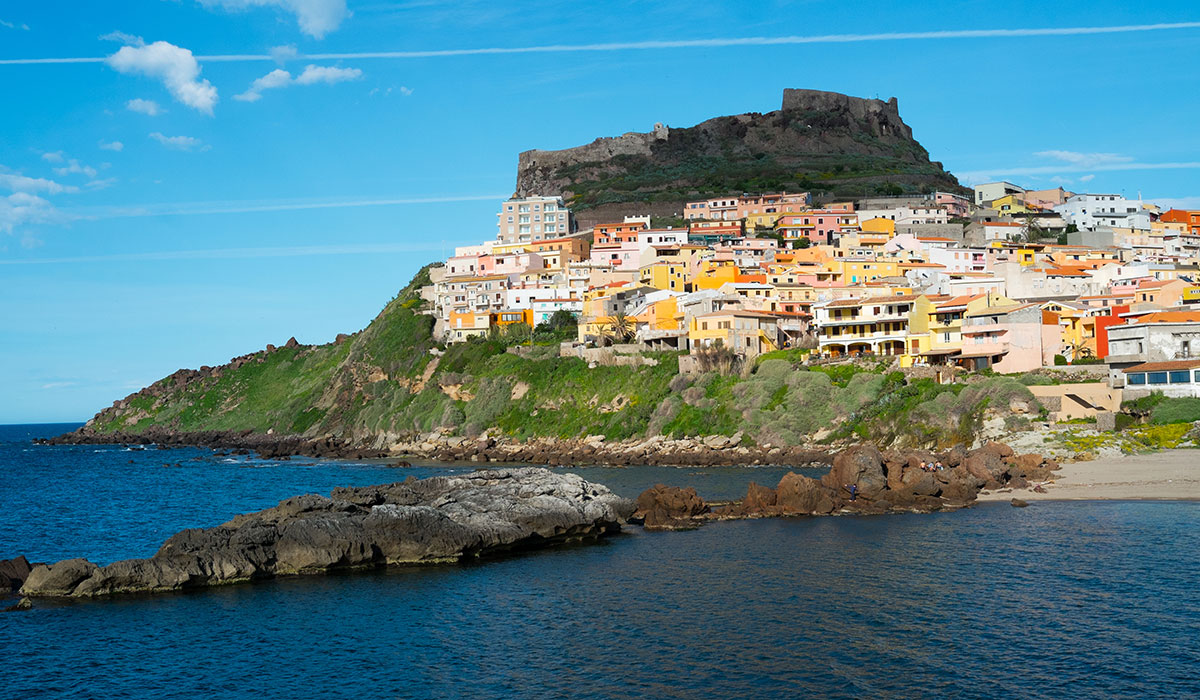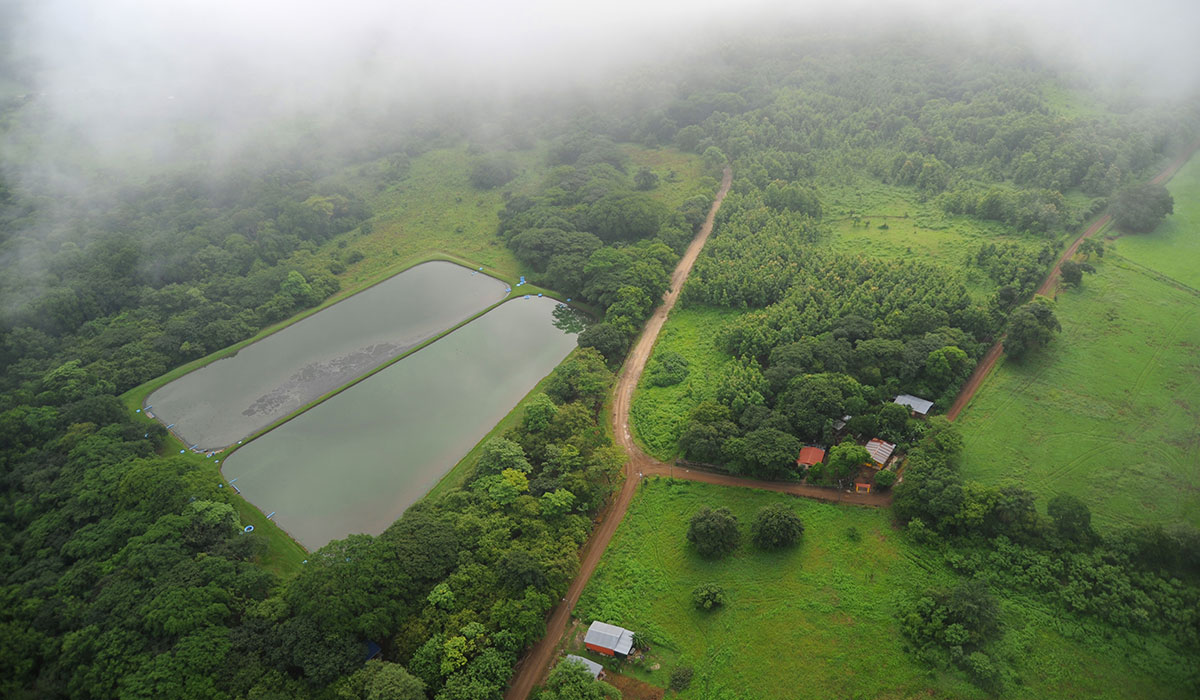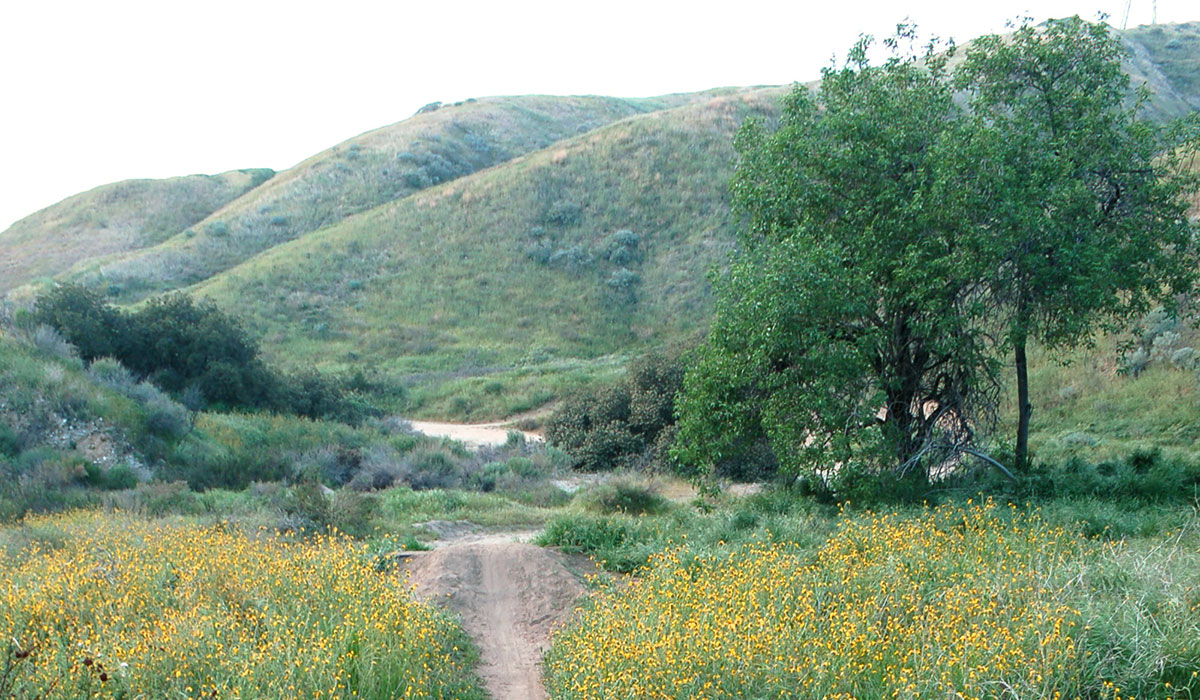Why Isn’t Boston a Blue Zone?

Ikaria overhead image via shutterstock
Life expectancy reached an all-time high in Massachusetts in 2009 (the last time the information was made public) with citizens reaching an average of 80.7 years. In fact, in Brookline, that number was 87; Cambridge and Somerville were at 83. Nationally, the number was 78.5 years, so overall, the Commonwealth is above average.
And we should be. Massachusetts and the northern New England states are consistently ranked near the top in a variety of health and fitness rankings.
Well, it’s time to say, “Screw the rankings!” We shouldn’t be trying to be No. 1 on some marketing company’s list of rankings; we should aspire to be a Blue Zone.
Blue Zones are areas around the world where people live measurably better—and measurably longer. People reach the age of 100 at a rate that’s 10 times greater than in our country.
Blue Zones, discovered by Dan Buettner and a team from National Geographic, are located in five areas around the world: Ikaria, Greece; Loma Linda, California; Sardina, Italy; Okinawa, Japan; and Nicoya, Costa Rica.
Buettner and National Geographic travelled to each location with teams of scientists to identify lifestyle characteristics that might explain longevity. “I spent 10 years looking at these Blue Zones, and at the start, I was kind of looking around for some compound that we might be able to synthesize and offer as an aging solution, at least,” Buettner says. “But at the end of the day, in these pockets around the world where people are living longer, these people do not actually try. They are a product of their environment.”
Buettner and his team found nine shared characteristics that they call the “Power 9.” These are some of the things that all Blue Zones seem to have in common, such as that residents in these Zones move naturally (they don’t pump iron or run marathons, yet they get a lot of exercise through their daily activities); they limit stress; they have a sense of purpose; they eat a plant-based diet (most only eat meat four or five times per month); and they belong to something (people who attended faith-based services four time per month lived an average 14-years longer than those who didn’t).
Having a sense of purpose is a big shared trait. It’s one thing to live to be 100. But it’s a whole other ballgame to live to be 100 as a healthy person.
“It’s the additive nature of all these smaller things that are yielding about a decade longer life, but more importantly than that extra decade, for the people that are making it into their mid-90s on average, those people have a much shorter period of disability toward the end of their life,” Buettner says. “So instead of experiencing five to six years of morbidity, like the cohorts who are dying in their 60s, these people are only experiencing it less than a year. You spend most of your healthcare dollars the last two years of your life. They tend to die quicker, and they spend a lot less money, they experience a lot less pain, and have a lot more good years of life. That’s truly the value proposition here.”
Food is such a huge part of all of our lives, and it’s no different in the Blue Zones. The difference is people who live in Blue Zones eat better food, and much less of it.
“You make about 250 food decisions a day and most of them are unconscious,” Buettner says. “So some of the things we know that work are if you limit the number of billboard signs in a neighborhood that advertise junk food, you get a commensurate drop in the obesity rate. [We want to] get people to eat a little bit better, and eat a little bit less, because we eat too much in this country. Move a little bit more, socialize unconsciously, and socialize a little bit more. We know that people who socialize report significantly higher level of well being, and we also know that loneliness kills. So get people off of their computer and phone screens and out interacting with people like humans have done for thousands of years.”
What’s next for Blue Zones? Buettner and his colleagues have teamed up with municipalities across the nation to try to incorporate some of these evidence-based ways of living into the everyday activities of U.S. cities. So far, cities in Texas, Hawaii, Minnesota, Iowa, and California are on board. To get started on your own journey to aging well, you can also take a “Vitality Quiz” which Buettner says took years of R&D to develop and is the most accurate life expectancy calculator available.
Because Boston is so into its own health and fitness programs, perhaps this is something that city officials should look into.

Sardinia image via shutterstock

Okinawa overhead image via shutterstock

above the Nicoya airport in Costa Rica image via shutterstock

Loma Linda land image via shutterstock


